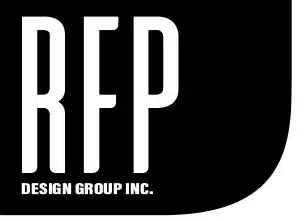Custom Commercial Furniture
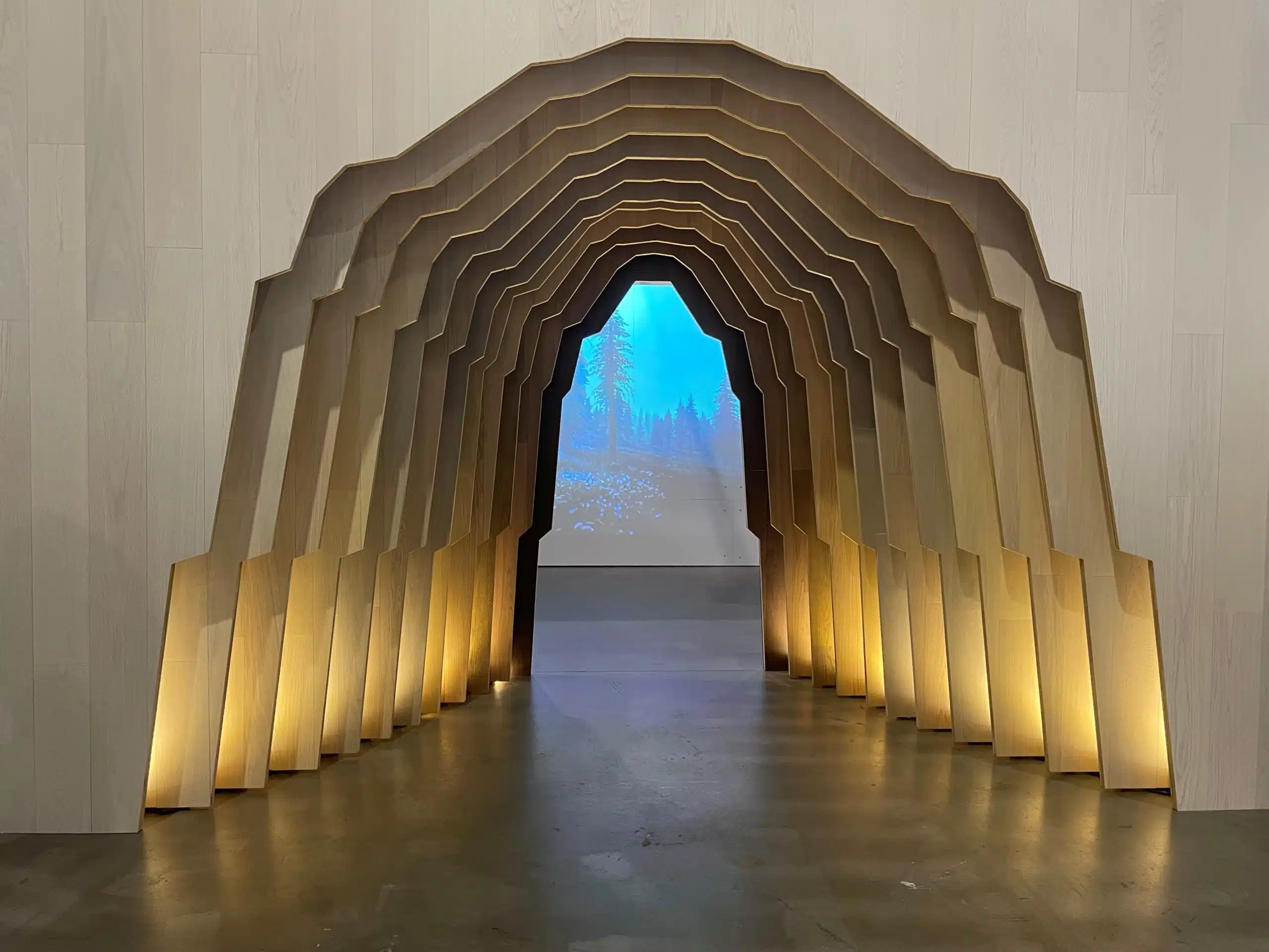
Step into a realm of bespoke design with RFP Design Inc, your premier destination for custom commercial furniture solutions. We pride ourselves on seamlessly merging innovation and functionality to create dynamic environments tailored to your business needs. From concept to creation, our dedicated team collaborates closely to deliver distinctive and purposeful custom commercial furniture. Elevate your workspace with uniquely crafted solutions that redefine both aesthetics and functionality. Explore the limitless possibilities where each piece reflects our commitment to unparalleled design tailored exclusively for your commercial setting.
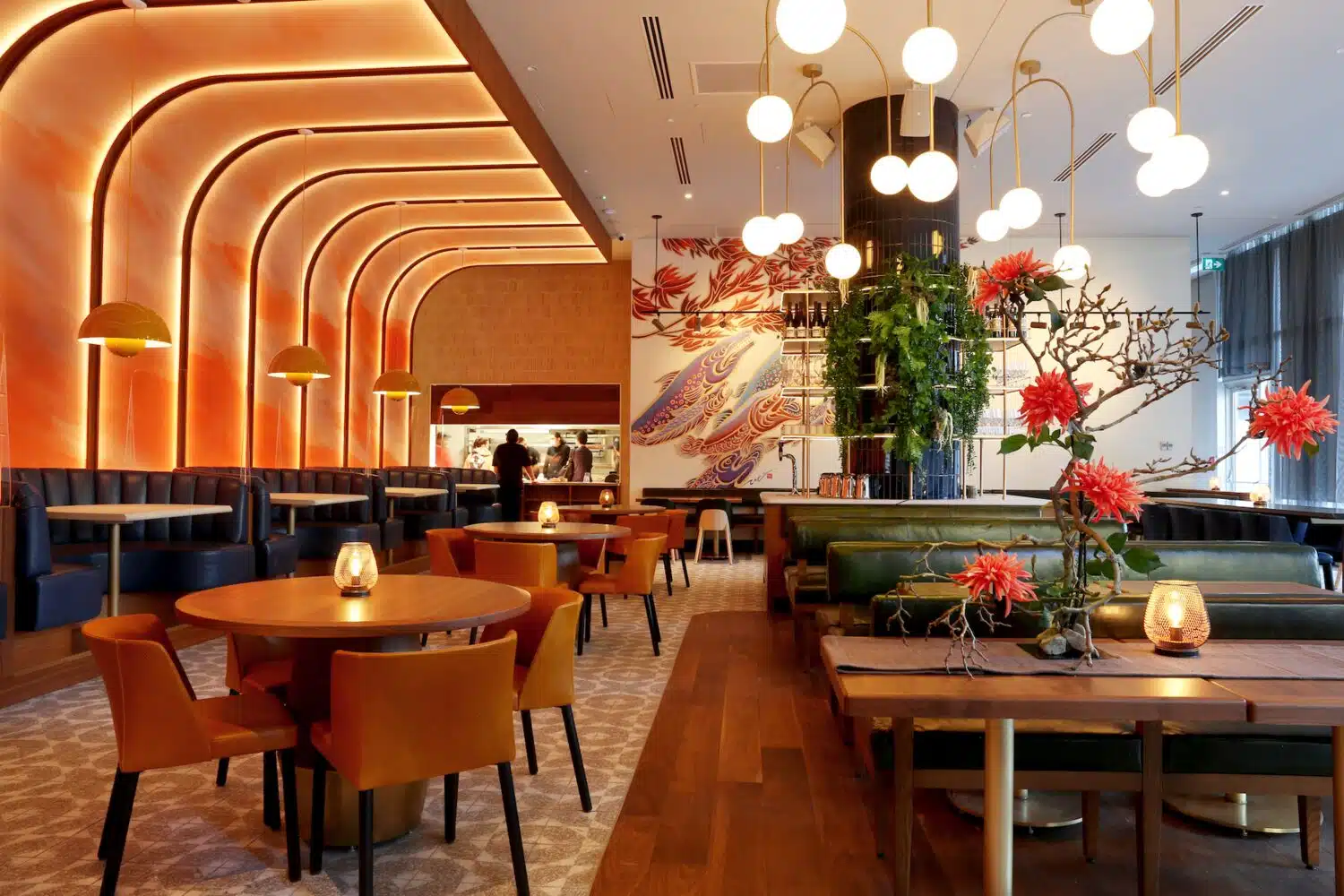
Custom Commercial Furniture Design
Custom commercial furniture design is paramount for businesses, offering a tangible expression of brand identity and values. Bespoke designs optimize functionality, creating efficient and adaptable spaces that set businesses apart in a competitive market. The visual appeal contributes to positive customer perceptions, while tailored furniture addresses unique layout challenges. Ergonomic considerations enhance employee well-being, fostering a positive work environment. Custom solutions enable businesses to stay flexible, adapting to evolving needs and trends. Ultimately, investing in quality craftsmanship ensures a long-lasting asset that positively impacts both the customer experience and employee satisfaction, contributing to overall business success.
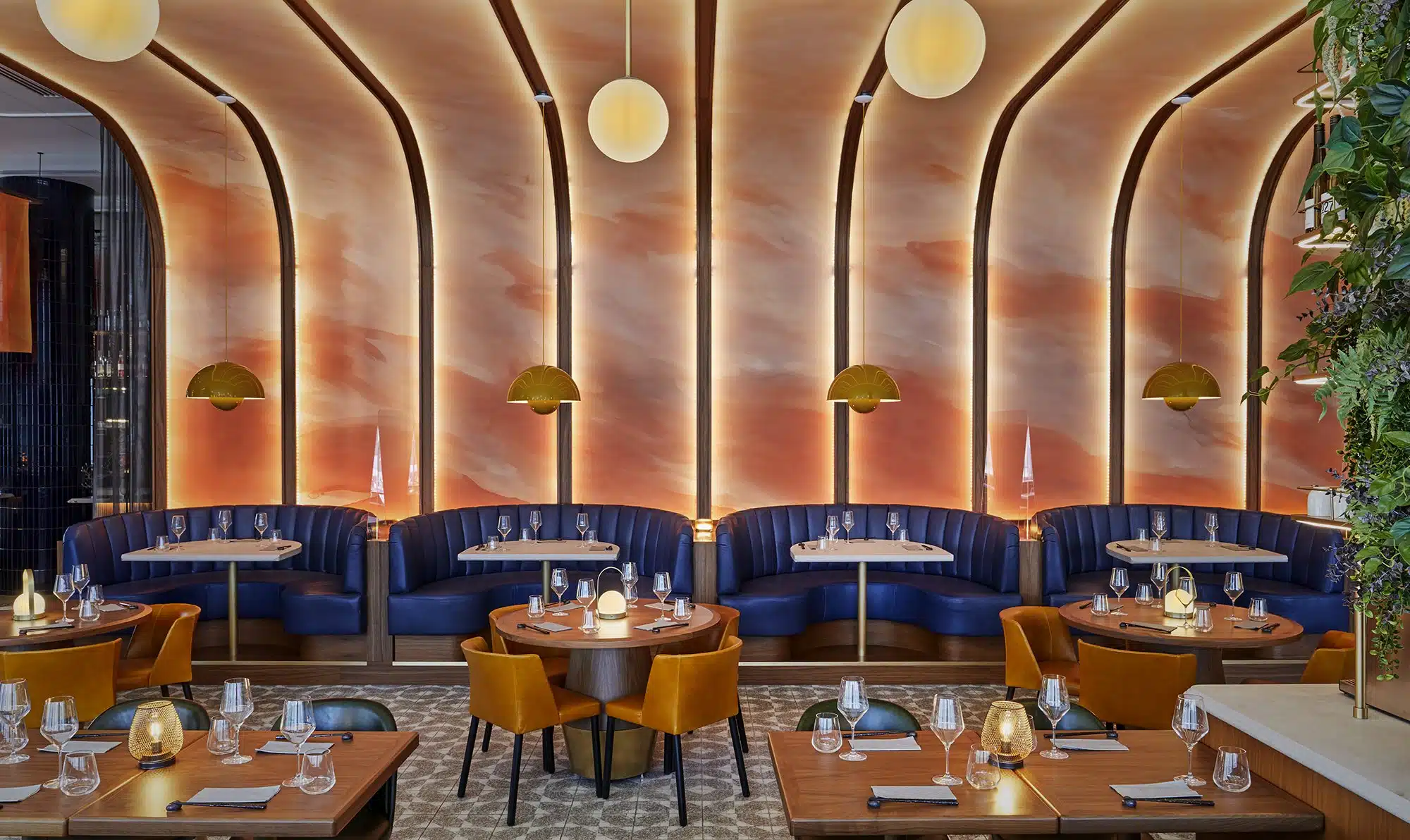
We know fabrics & materials!
Custom fabrics and materials are integral to the enhancement of custom commercial furniture design in numerous impactful ways. Aligning these elements with a brand’s color palette and aesthetic reinforces brand identity, creating a unified and memorable appearance throughout the commercial space. The unique design expressions enabled by custom materials contribute to a visually striking environment. Beyond aesthetics, customization allows for practical considerations, such as durability and ease of maintenance, ensuring longevity in high-traffic areas. Tailoring materials to the specific needs of the space and its intended use enhances functionality, whether it’s creating ergonomic office furniture or comfortable seating for a restaurant. The versatility provided by custom materials allows designers to seamlessly integrate furniture into various design themes, fostering aesthetic harmony. Ultimately, the thoughtful selection of custom fabrics and materials plays a pivotal role in creating a distinctive and inviting atmosphere that positively impacts customer perception and overall business success.
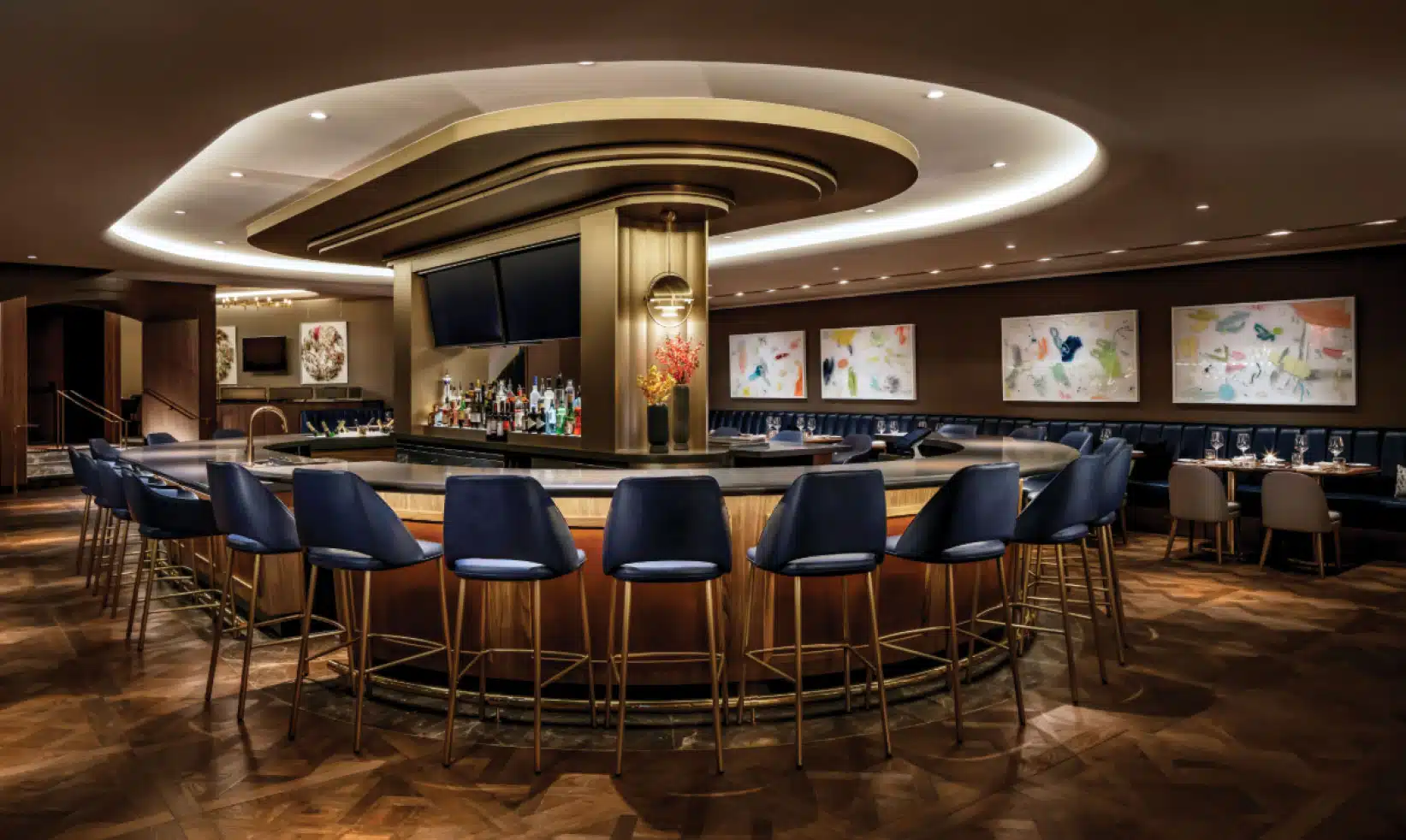
Custom Restaurant Furniture
Custom restaurant furniture is a key element in defining the ambiance and personality of dining establishments. Tailored to the unique style and requirements of each restaurant, bespoke furniture not only contributes to a memorable and inviting atmosphere but also enhances functionality. From custom-made tables and chairs to unique bar and lounge seating, every piece is carefully crafted to reflect the restaurant’s brand and vision. The choice of materials, finishes, and ergonomic considerations ensures a harmonious blend of aesthetics and comfort, creating an immersive dining experience for patrons. Custom restaurant furniture not only sets a distinctive tone but also plays a strategic role in optimizing space, catering to specific themes, and fostering an environment that keeps customers coming back for more.
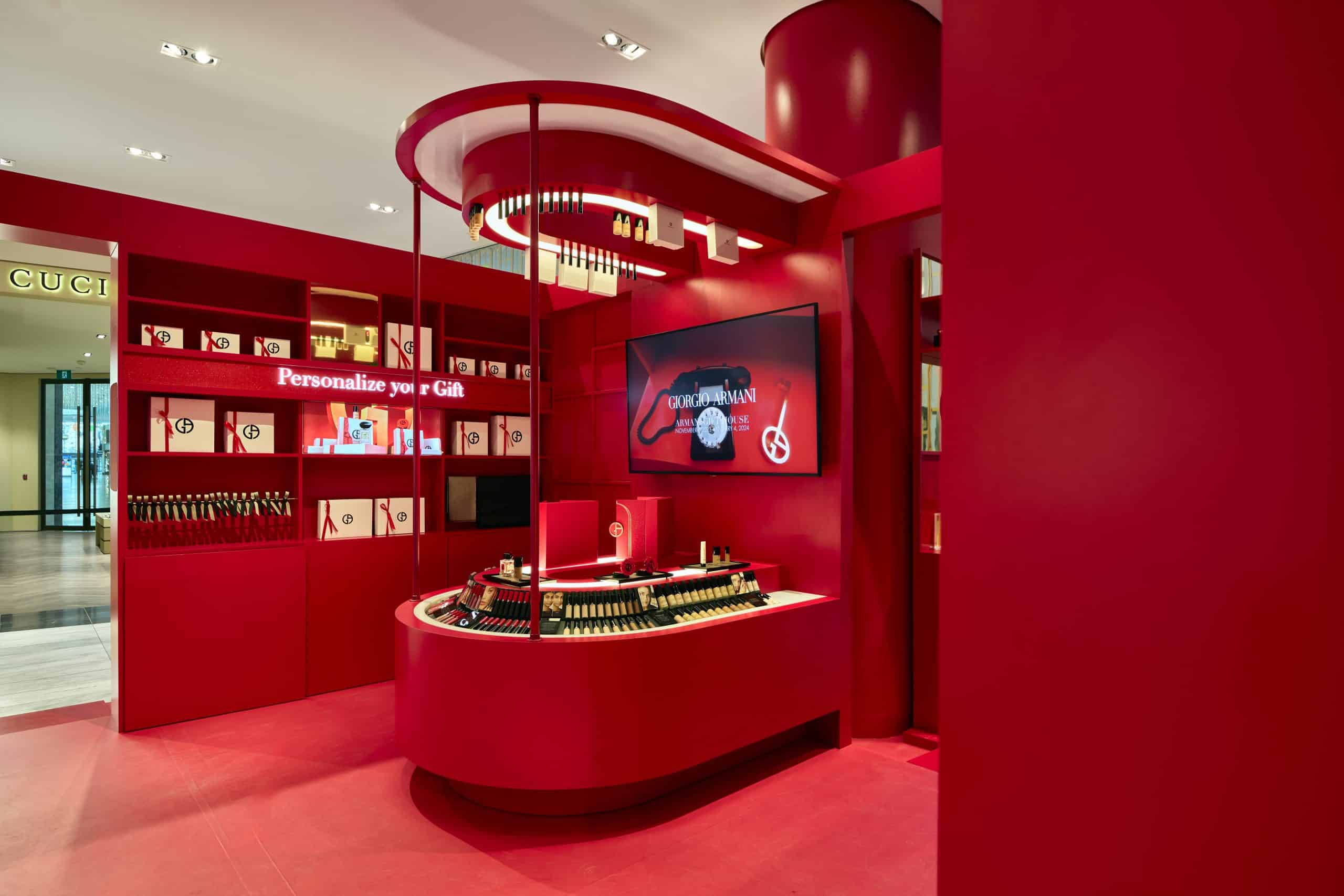
Commercial Use Requires Resilience
Commercial use custom furniture demands resilience to endure the constant wear and tear of high-traffic environments. Whether facing heavy usage, extended operating hours, or diverse users, resilient furniture is crafted to withstand these challenges. Low-maintenance and compliant with safety regulations, it ensures longevity and minimizes the need for frequent replacements. Resilient materials also allow for adaptability to evolving trends and contribute to the overall aesthetic appeal, positively influencing brand image and customer perception. In the financial context, investing in resilient custom furniture proves cost-effective over the long term by reducing the frequency of replacements and repairs. In essence, resilience is crucial for commercial furniture, ensuring it maintains functionality, safety, and optimal performance in the dynamic and demanding commercial landscape.
